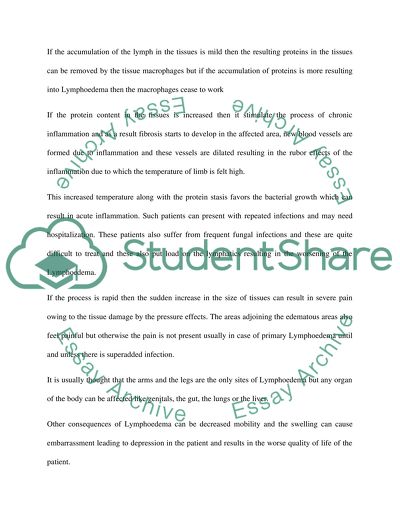Cite this document
(“The critical analysis of the role of MLD in clinical practice Essay”, n.d.)
Retrieved from https://studentshare.org/environmental-studies/1419661-the-critical-analysis-of-the-role-of-mld-in
Retrieved from https://studentshare.org/environmental-studies/1419661-the-critical-analysis-of-the-role-of-mld-in
(The Critical Analysis of the Role of MLD in Clinical Practice Essay)
https://studentshare.org/environmental-studies/1419661-the-critical-analysis-of-the-role-of-mld-in.
https://studentshare.org/environmental-studies/1419661-the-critical-analysis-of-the-role-of-mld-in.
“The Critical Analysis of the Role of MLD in Clinical Practice Essay”, n.d. https://studentshare.org/environmental-studies/1419661-the-critical-analysis-of-the-role-of-mld-in.


